Irish Premium Oysters: Generational Secrets of Oyster Farming
Interview with Edward Gallagher, CEO, Irish Premium Oysters, Ireland
Growing up, Edward Gallagher showed little interest in school and even less in his father’s trade, construction. In the mid-1990s, Edward’s father launched an oyster farming business, hoping that his son would one day take an interest in entrepreneurship. At the time, the Irish oyster industry was relatively new; the clean saltwater off Donegal had only recently been identified as an ideal breeding ground for commercial oyster production.
The Gallaghers’ venture took off. Through a strategic partnership with a distributor in Hong Kong, Irish Premium Oysters became highly sought-after in Asia, with some of the most expensive seafood restaurants in the region paying to have them flown in fresh every day.
Demand for Irish oysters has only intensified since. From 2017 to 2018, Irish oyster sales to China increased by 83 per cent; currently, annual sales to China alone are estimated at approximately €6 million.
It is not only the bottom line that drives operations at Irish Premium Oysters, however. Sustainable aquaculture has been woven into the DNA of the multigenerational family business. Irish Premium Oysters is an accredited participant of the Origin Green programme and, therefore, operates in accordance with Ireland‘s highest order of sustainable and carbon-friendly protocols.
We sat down with Edward Gallagher to discuss the rise of the Irish oyster industry, the impact of climate change and why bigger is not always better when it comes to oyster farming.
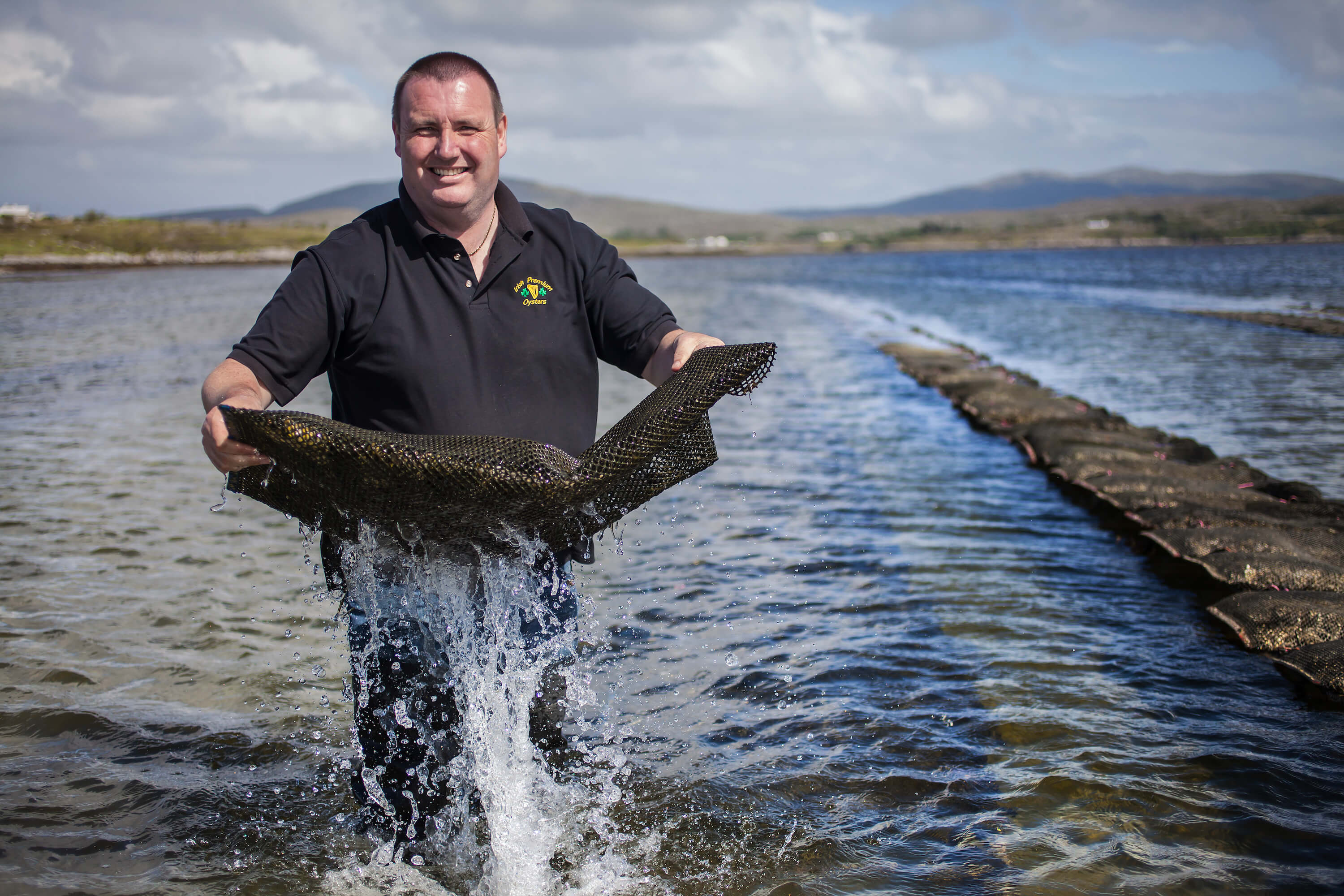
How did oyster farming become a booming industry in Ireland?
Irish oysters were traditionally very difficult to grow and took a long time to reach maturity. With an eye to development, however, a lot of money and resources went into Ireland’s aquaculture, which included oyster, clam and scallop farming.
Unfortunately, scallops were difficult to cultivate, and clams were susceptible to a disease called brown ring, which made farming unfeasible. As a result, over time, oysters became the flagship product of Irish aquaculture.
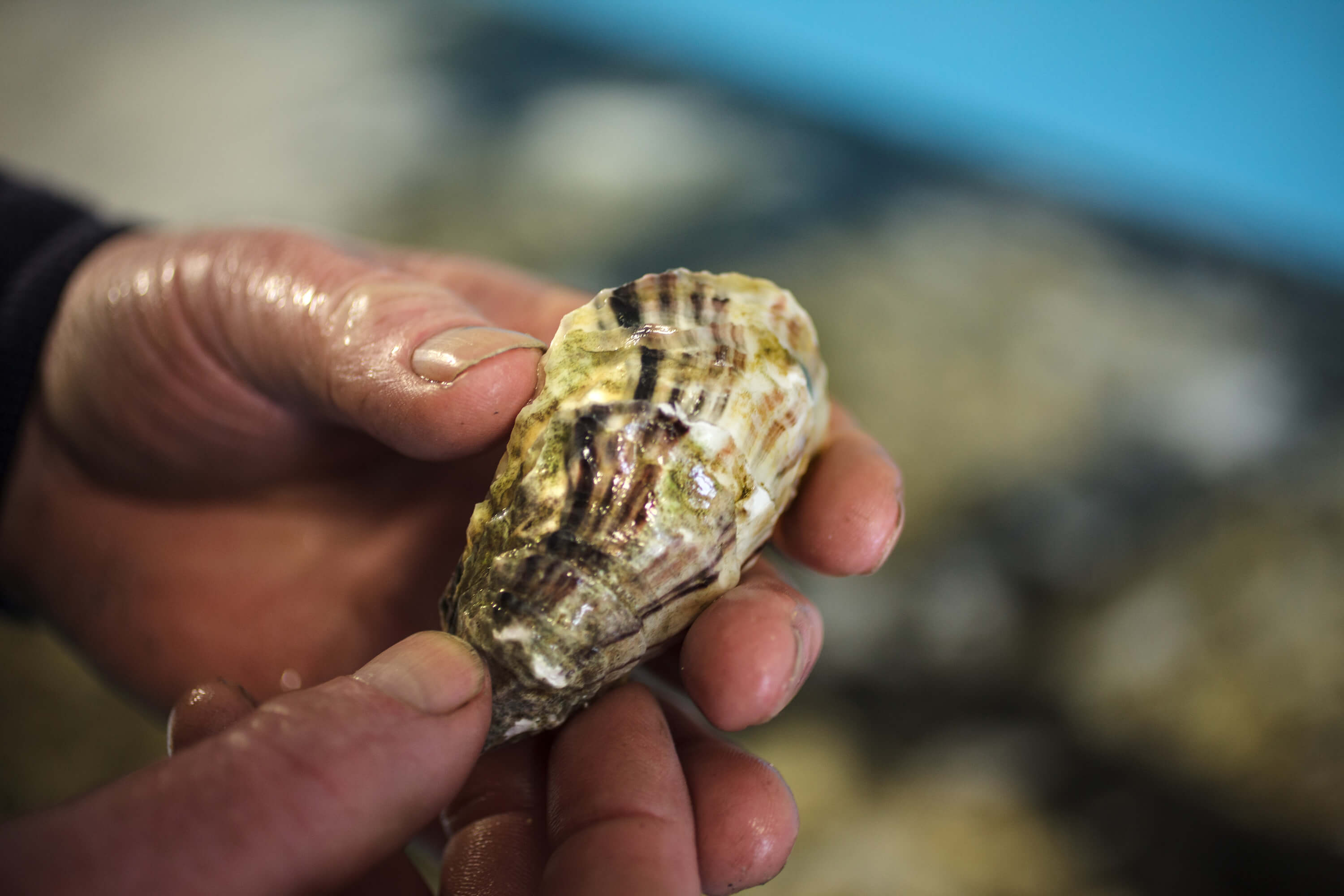
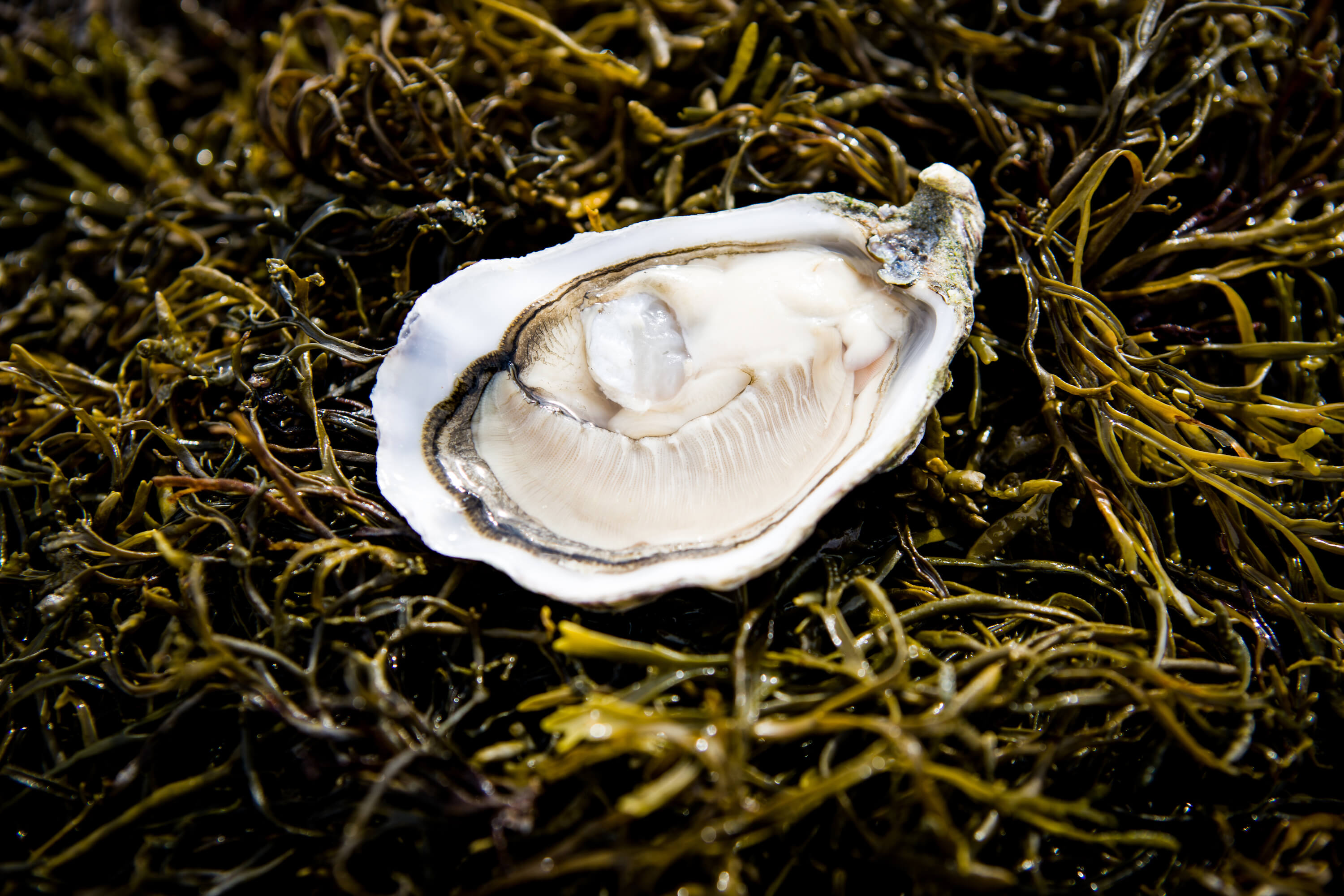
Were you expected to join Irish Premium Oysters as the second generation of a family business?
Yes – my father actually set the business up for me. He knew I had no interest in school nor construction, the industry in which he worked. Furthermore, he didn’t want his family to leave Ireland and go to Scotland or England as he had done.
Therefore, he wanted a local business that was going to be viable in the long term but didn’t know what industry to go into until he met our future partners in Hong Kong. If it wasn’t for that chance meeting, it’s extremely unlikely that Irish Premium Oysters would be as successful as it is today. Now, as we look to the next generation, the business is doing well.
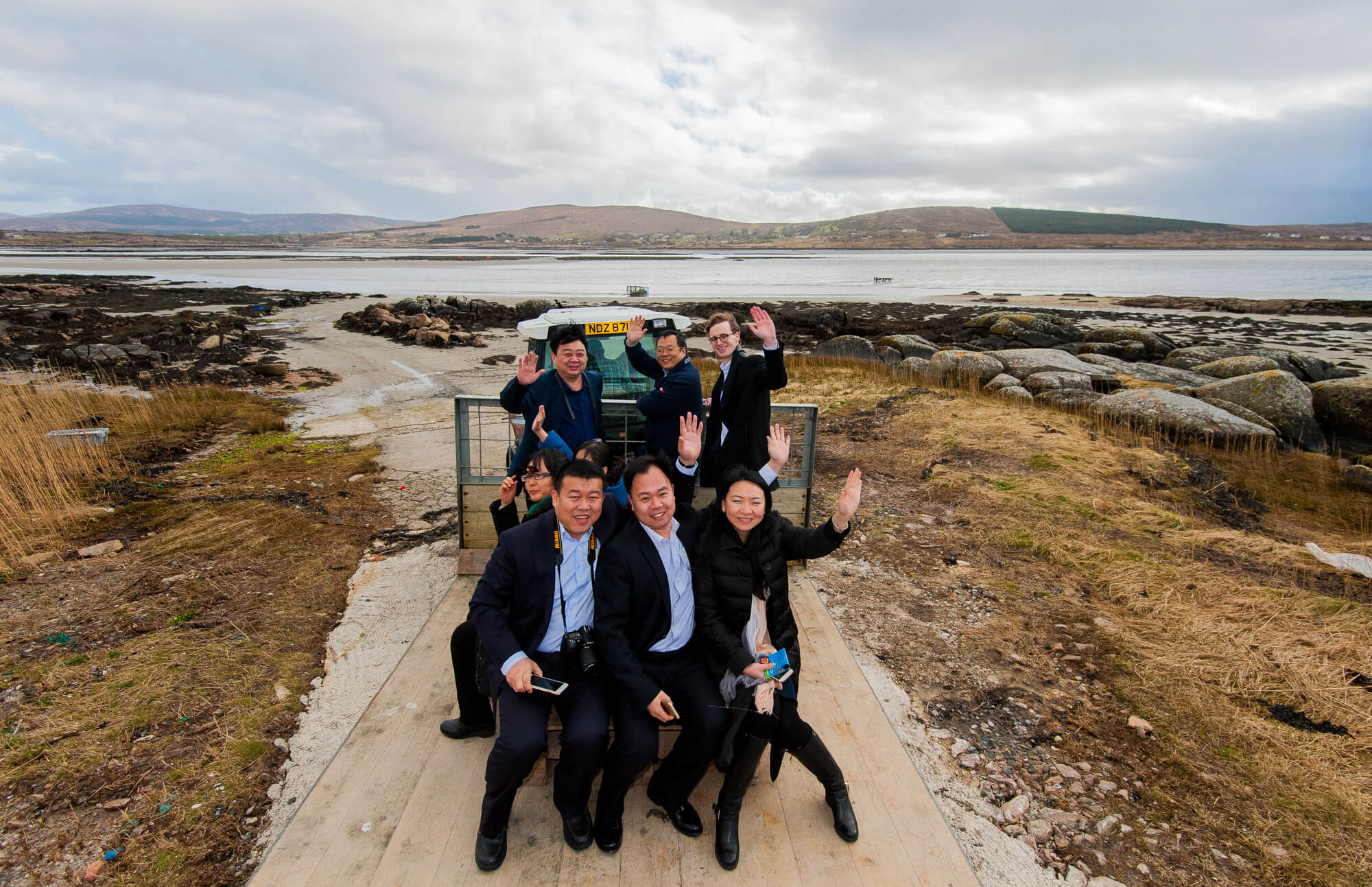
Is the involvement of the third generation similarly expected?
My youngest daughter helps occasionally, but she’s just 17 and cannot join full-time yet. My son is only 10, and my oldest daughter is away at college. That said, when she’s home for the weekend, she pitches in.
“I want them to embrace their passions rather than follow in my footsteps.”
I’m a firm believer that if my children come to work at Irish Premium Oysters, it has to be their choice. I would never force them to join the business. I want them to embrace their passions rather than follow in my footsteps.
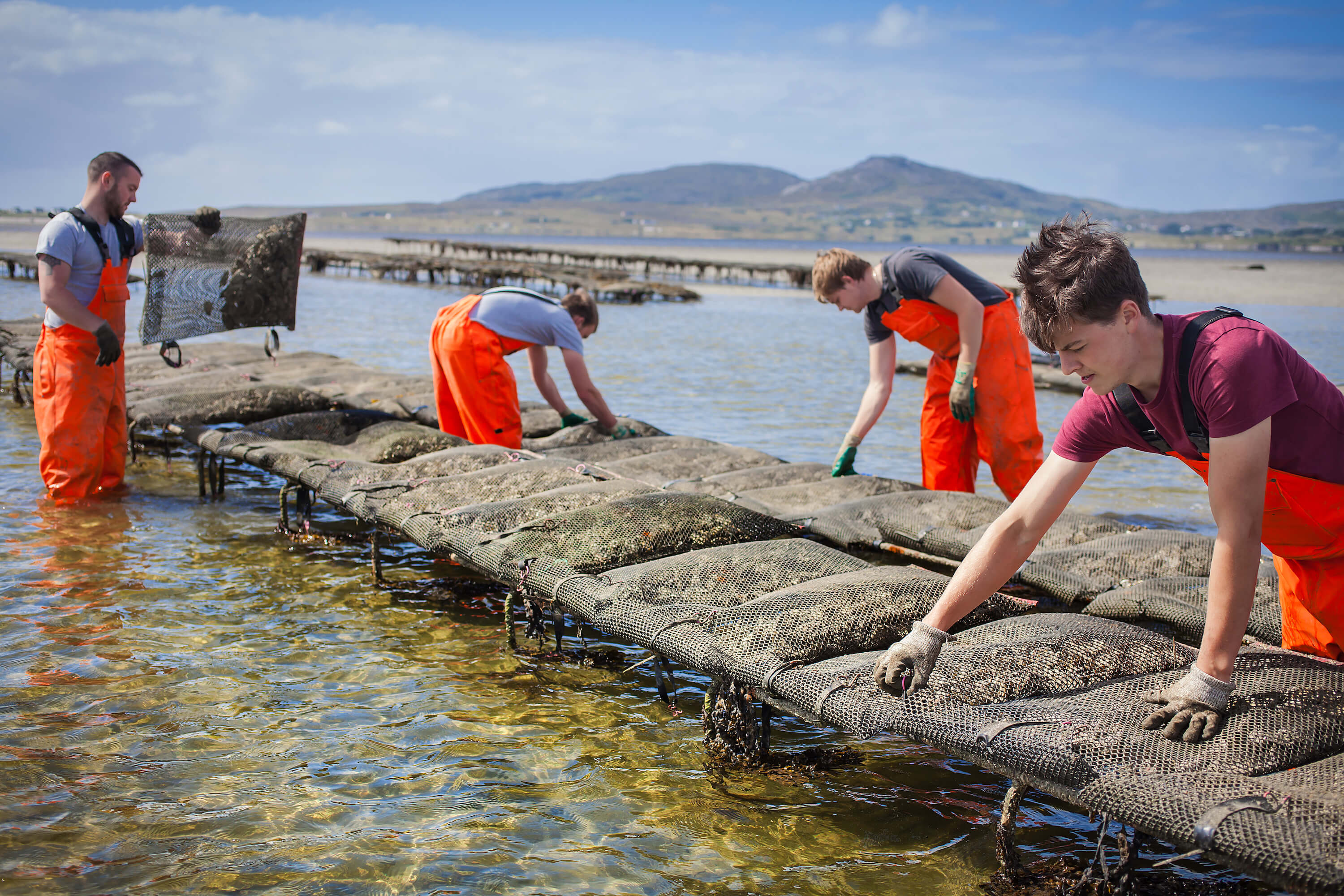
With regard to climate change and carbon emissions, can oysters be farmed sustainably?
Yes, absolutely. Interestingly enough, however, climate change is beneficial for us in some ways: rising sea temperatures make oysters grow faster. That said, we in no way wish to contribute to climate change. We are currently exploring our carbon emissions in-depth. Although we cannot give exact figures yet, early indications suggest that oyster farming is carbon-friendly when compared with conventional farming on land.
Whether our current model will be feasible in the future remains to be seen. Right now, we’re one of the biggest Irish exporters of oysters to Asia. However, as air freights are increasingly taxed due to their negative impact on the environment, shipping oysters to Asia may become prohibitive in terms of cost.
As a result, we’re starting to look more to European markets, but it would be a shame to lose business in Asia, as a huge demand for good-quality seafood exists there. We are also looking for ways of making our export model more sustainable in the face of climate change.
Irish Premium Oysters is a participating member of Origin Green, Ireland’s food and drink sustainability programme. This means that we work to achieve sustainability targets that protect the environment, like trying to reduce our carbon footprint by using more eco-friendly packaging. Everything is independently checked and verified, and we’re very proud to be part of it.
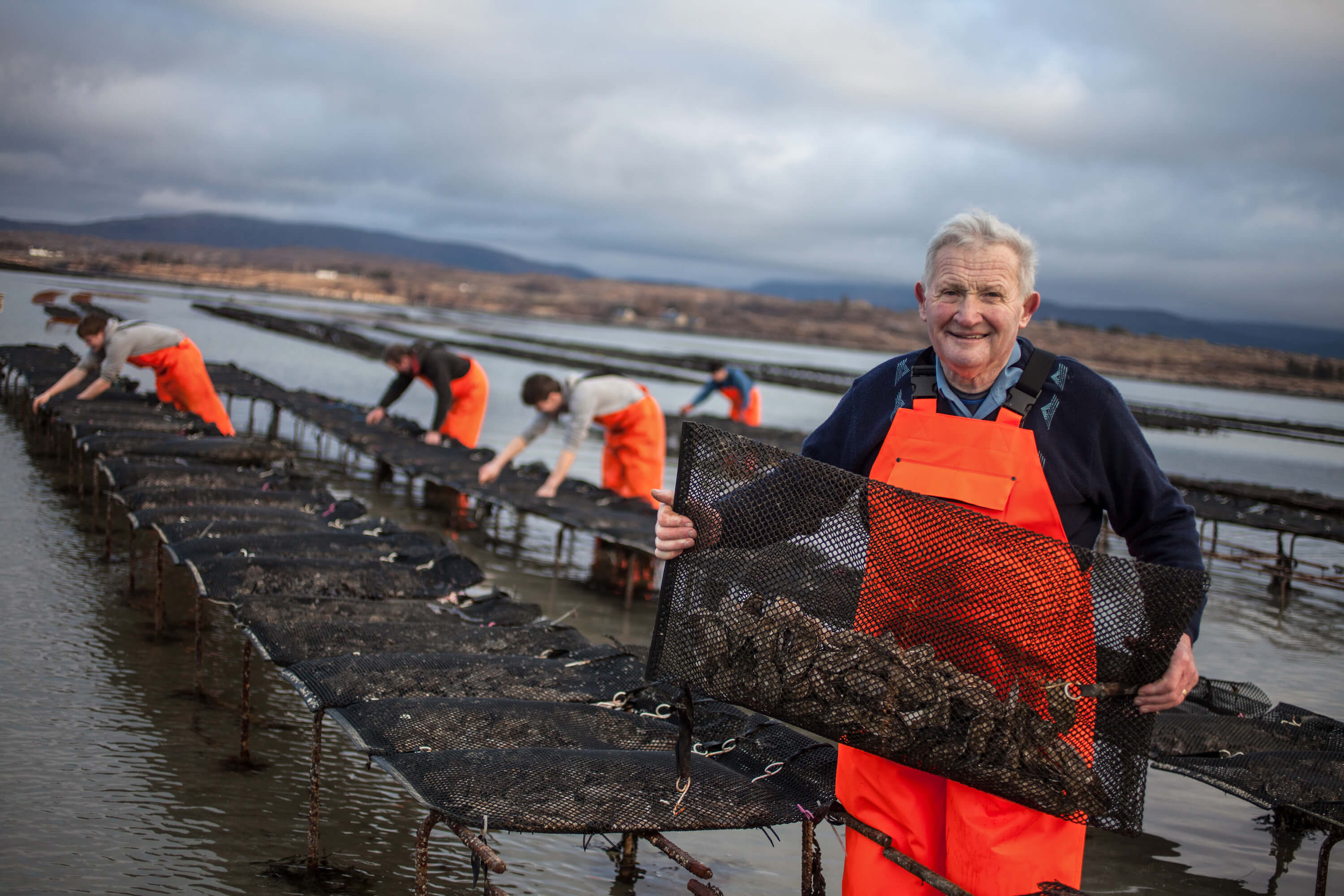
How has technology and innovation impacted the business?
Technology has completely changed the way we operate. When Irish Premium Oysters first started, we were working with approximately 200 steel frames and 1,200 oyster bags, and we used to wash each bag with a pressure hose. Today, we have around 10,000 frames and 60,000 oyster bags, so washing them individually is no longer feasible.


You must be logged in to post a comment.